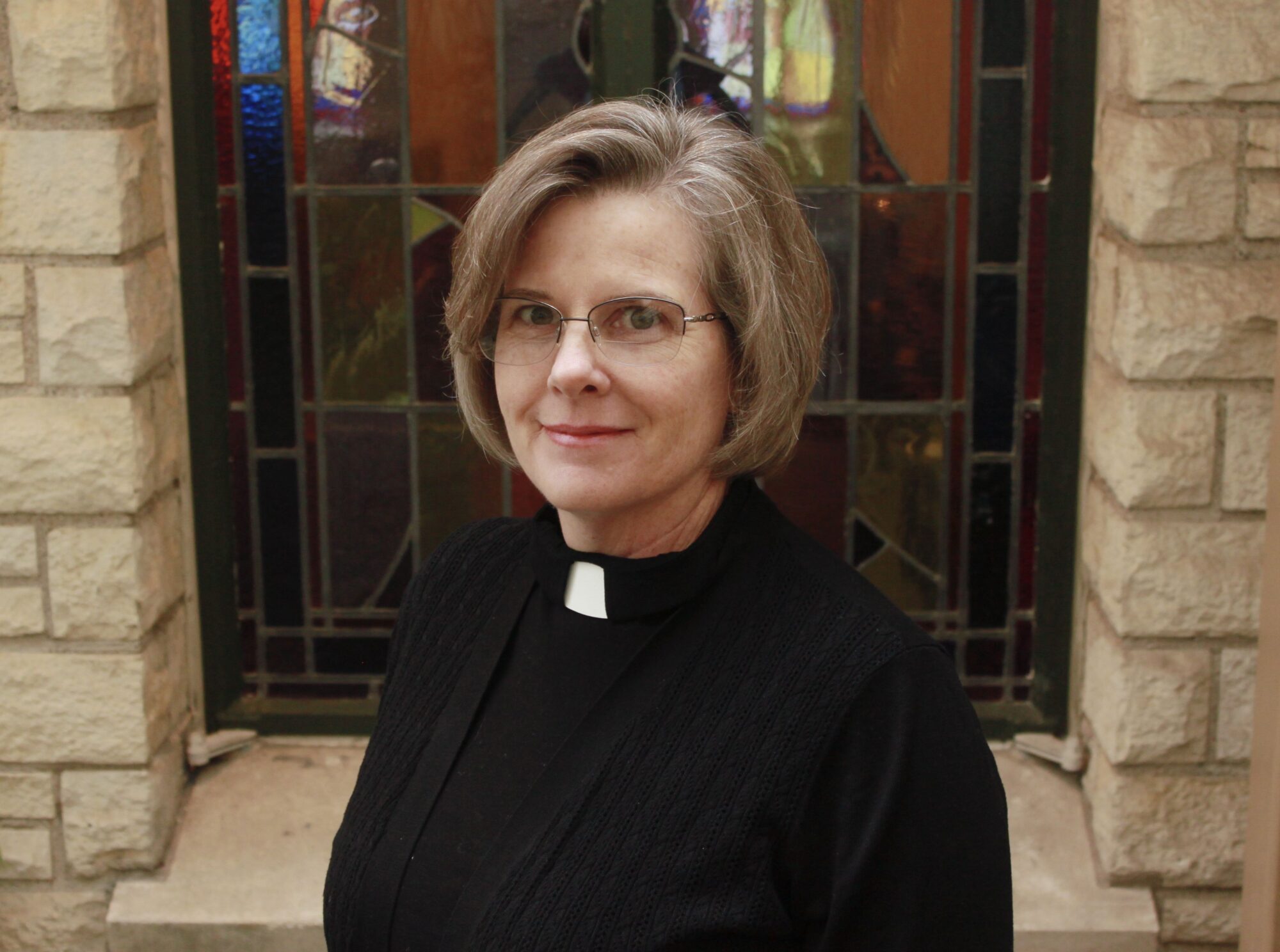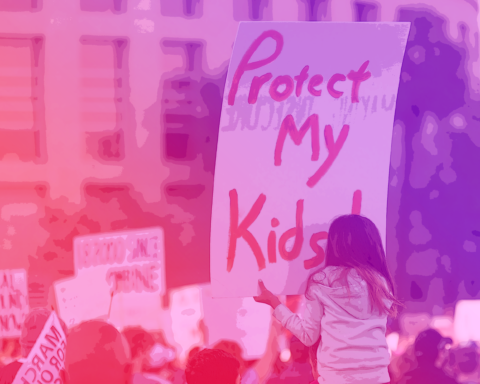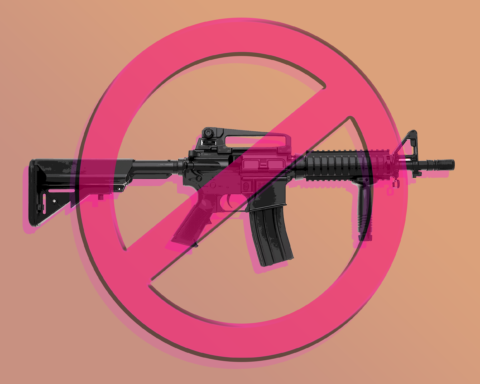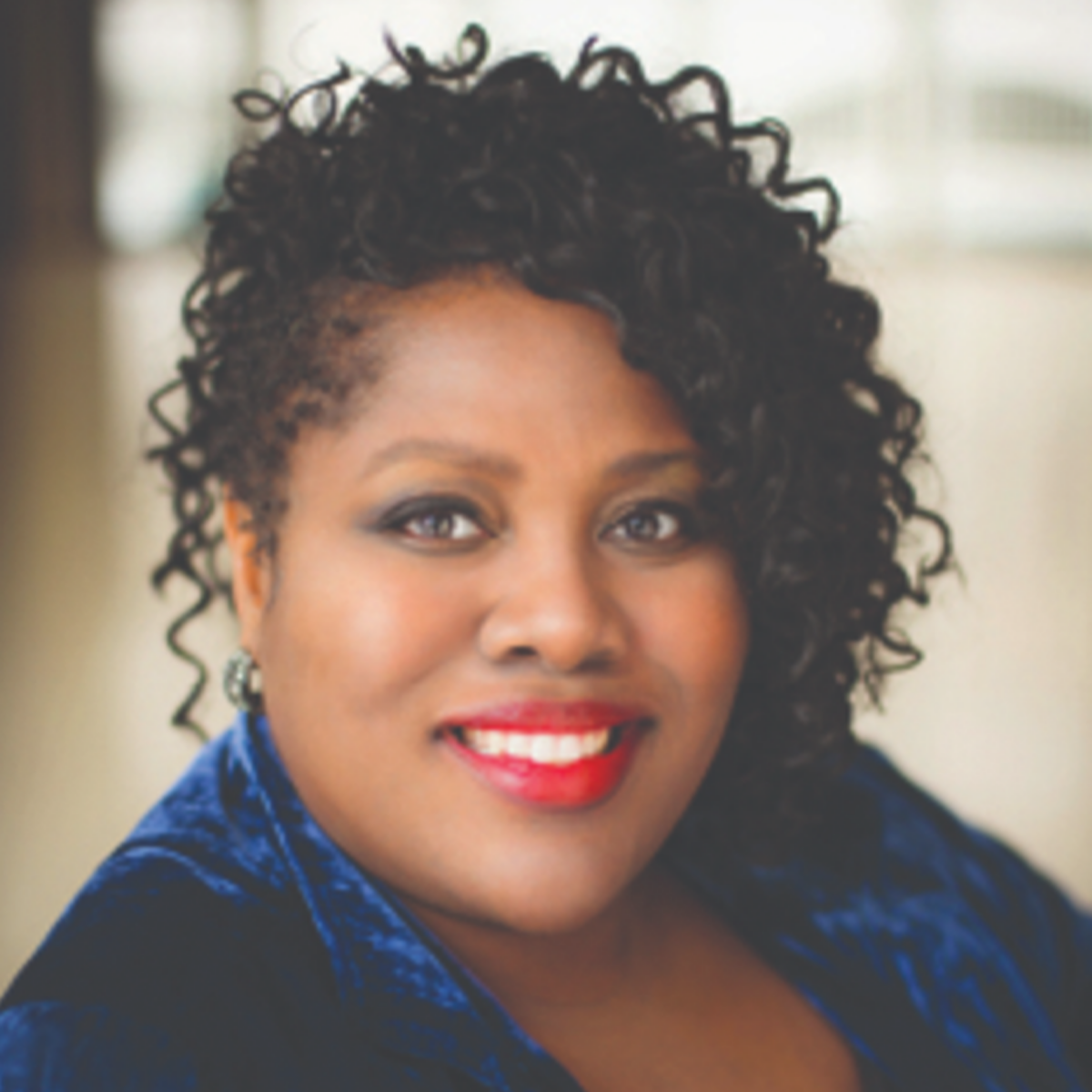Before I became the Gun Violence Prevention Ministry Coordinator with the Presbyterian Peace Fellowship, I volunteered as a restorative circle facilitator at an elementary school. This elementary school was located in an area with the highest level of childhood poverty in the state and the highest level of violence in the school district. These kids were in constant survival mode because they lived with chronic trauma in their young bodies. I watched one fourth grade child run their lunch table like what looked to me like a TV version of a gang meeting and I had a second grader tell me how their father died by being shot 19 times. Trauma activates the body’s survival strategies like fight, flight or freeze so for these kids, a simple accidental bump on the playground would immediately turn into a physical fight.
It was my role to take the parties that were fighting and provide the space for them to talk to one another, with the goal of repairing the harm and restoring the relationship so they could return to their community in the classroom. When I first began, I found this almost impossible to do. The kids didn’t see the point. They had learned, as people in survival mode do, to trust no one – not me and certainly not the person who would just hit them and could do so again once I was gone. It was everyone for themselves. And what was fascinating to me, was not once did one of them consider themselves the guilty party. Every one of them always thought they were just defending themselves.
I never met a single kid that wanted to fight but they felt they had no choice. They had to protect and defend themselves at all times and it was always the other person who started the conflict. Each party claimed their violence was only in response to the other person’s violence. This is how violence works – one act of violence leads to the next and so on and so on. There is no beginning and there is no end.
Guns are a tool of violence. The number one reason people now give for owning guns is protection.1 However the gun is a false god that offers the promise of safety and security but can never deliver it because violence only leads to more violence. Only the ways of Jesus, who tells us to love our neighbors (which includes our enemies) and to not return violence for violence, can provide us with true safety and security.
The kids taught me that if we want to end violence, we have to heal trauma. Trauma is quite simply the body’s response to an event or series of events that the body perceives as potentially dangerous.2 These could be big events like war, natural disaster, or a global health pandemic or it could be a small event like a medical procedure. Trauma is anything the body finds overwhelming and as a means of creating safety and survival, a rupture or breach is formed resulting in a loss of connection between the mind and body. Trauma is not the event – it is the body’s response. Trauma lives in our bodies not our cognitive brains.
New research in trauma shows that healing trauma requires more than talk therapy and book studies, it requires working with the body. Once we have been hurt or endangered, our automatic defenses can become embedded or stuck in our tissues as our body assumes the harm will come again. When this happens, we can’t put down our defenses. This stuck energy can then manifest in our lives as hypervigilance, exaggerated emotional responses, abrupt mood swings, shame, lack of self-worth, repetitive thoughts, phobias, depression, and even disease.3
Trauma can be individual, collective and intergenerational. So even if I haven’t experienced personal trauma, I can still carry the stuck energy of trauma in my body. Collective trauma that becomes stuck generation after generation is not recognized as trauma as it becomes our embodied culture. This stuck energy of trauma is our demons. For us living in the United States, white supremacy is our embodied trauma. White supremacy is our demons.
Showing Up for Racial Justice provides a resource that defines white supremacy culture and we, the Presbyterian Church (USA), need to be able to recognize these characteristics when they show up in our congregations and policies. Dismantling white supremacy is our work to do as a mostly white church. Ending gun violence requires us to stop valuing some bodies (and their possessions ) more than we do other bodies and start valuing people’s lives over gun industry profits.
2020 has resulted in record gun sales which is the result of decades of marketing and lobbying by gun manufacturers to create demand for the non-consumable product they have to sell in a saturated market. These efforts date all the way back to the end of the Civil War when the gun went from being made by individual blacksmiths to being mass produced by companies that only manufactured guns.4
When the Civil War ended, the US government (which was the gun manufacturers’ only customer) had no need to purchase guns causing many of these new gun manufacturers to declare bankruptcy. The few remaining came together and went to the US government and told lawmakers if they wanted to have guns to fight wars, they would have to help the gun manufacturers stay in business.5 This led to the creation of the first gun market which allowed for gun manufacturers to sell to foreign governments and the individual consumer. Most individuals didn’t have a desire for a gun, so the manufacturers first marketed the gun as a tool to white men for protecting their family on the expanding frontier. However, one only needs so many hammers and shovels and the same is true for guns.
Gun manufacturers’ real marketing genesis began in the early 1900s when they attached gun ownership to identity through the “Boy Plan”. The Boy Plan had the goal of reaching over three million boys between the ages of ten to sixteen and making gun ownership synonymous with becoming a man.6 Many parents raised concerns over the safety of putting a gun in the hands of a young boy so gun ranges began to pop up as places of safety instruction and practice to ease parent’s concerns. The genius of the gun manufacturers was they didn’t just get new young customers, but these young men would now buy guns for their children once they got older ensuring future gun sales for generations. Also, embedding gun ownership in identity formation normalizes guns in society which is the continued goal of the gun industry who constantly needs new customers.
Because the gun is a non-consumable product, once someone buys one gun, they won’t use it up like paint so they don’t need to buy another. We already have more guns in this country than we do people forcing gun manufacturers to constantly come up with ways to sell their product. The data on gun manufacturing from the years 1986-2019 shows the best way to sell guns is for people to be afraid.7 The first year the number of guns manufactured in the US broke the 10 million mark was following the shooting of 20 six and seven year old children and six adult staff at Sandy Hook Elementary School. Many were shocked that no gun safety laws were passed after such a tragic massacre, but the chilling truth is killing children sells guns and our lawmakers have consistently chosen gun industry profits over public safety. Every time we have a mass shooting or any event that the gun industry can use to activate our trauma responses of fight, flight or freeze, gun sales climb while we as a country grow ever more fearful and distrustful of one another. Much of the fear and division we are experiencing in our country has been intentionally sown to create a thriving gun business.
The way of the gun is not the way of Jesus. Jesus was so committed to non-violence that he was executed and hung on a cross for all to see as a warning of what happens to those who dare to disrupt the system. The gun industry couldn’t survive if people choose to love and care for one another rather than dominate one another.
In the Foundations section of the PC(USA) Book of Order are the Great Ends of the Church. The last in the list is “the exhibition of the kingdom of heaven to the world.” While we can have hearty debate around what exactly the kingdom of heaven looks like, I am certain it is free of gun violence. Imagine if we, the church, actually embodied what we say we believe and lived our lives like Jesus did. Imagine if we chose non-violence over our own safety and well-being. Imagine if we took seriously and worked to make manifest the vision Isaiah had of a peaceful kingdom where swords would be beaten into plowshares and war would be learned no more (Isaiah 2:4). Imagine if the church reclaimed Jesus’ healing ministry and became the place where the demons of white supremacy are cast out. Imagine if the church held lawmakers responsible for passing gun safety laws that put public safety before gun industry profits. This is what I imagine it would look like for the church to exhibit the kingdom of heaven to the world. May it be so.
1 Ruth Igielnik and Anna Brown, “Key Takeaways on American’s Views of Guns and Gun Ownership,” Pew Research Center, June 22, 2017. Accessed on 11-9-2020 at https://www.pewresearch.org/fact-tank
2 Resmaa Menakem, My Grandmother’s Hands (Las Vegas: Central Recovery Press, 2017) 7.
3 Peter A. Levine, Healing Trauma (Boulder, Sounds True, 2205) 17-18.
4 Shane Claiborne and Michael Martin, Beating Guns (Grand Rapids: Brazos Press, 2019).
5 Claiborne, Beating Guns, 52.
6 Claiborne, Beating Guns, 62.
7 Bureau of Alcohol, Tobacco, Firearms and Explosives, “Firearms Commerce in the United States Annual Statistical Update 2020,” available at https://www.atf.gov/resource-center/data-statistics

The Rev. Deanna Hollas is the Gun Violence Prevention Ministry Coordinator with the Presbyterian Peace Fellowship and a founding member of the Everytown for Gun Safety Interfaith Advisory Council. In her role with the Presbyterian Peace Fellowship, Rev. Hollas empowers and equips individuals and congregations across the Presbyterian Church (USA) denomination to embody Jesus’s call to love God and love neighbor by being informed and active in the prevention of gun violence.






Unbound Social